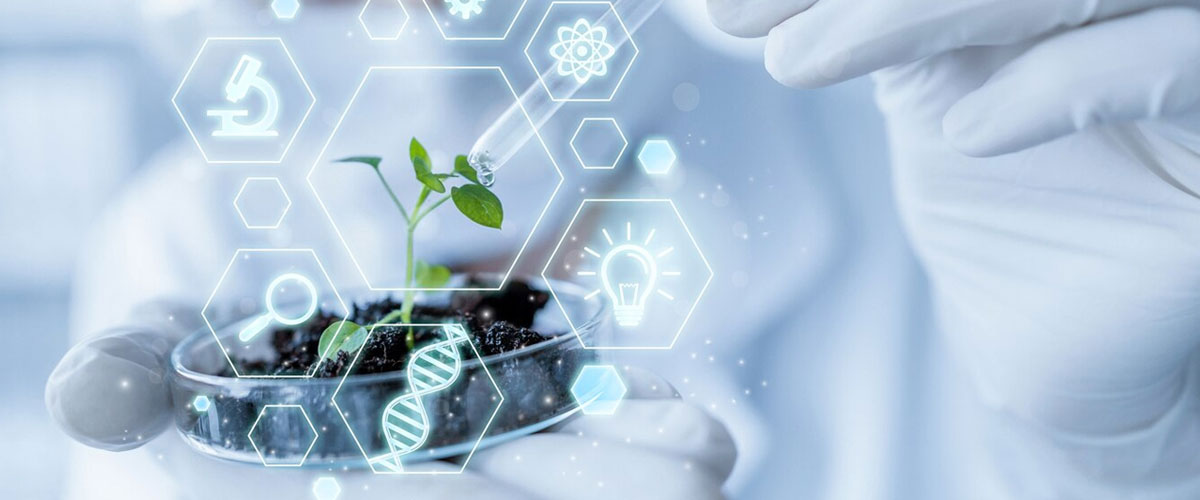- You have no items in your shopping cart
- Continue Shopping

Ever wondered about the inner workings of CBD? This one’s for you. Cannabidiol is gaining popularity due to its potential health benefits. But what exactly is CBD, and how does it interact with our bodies? Understanding the science behind CBD’s effects requires delving into the intricate workings of the endocannabinoid system (ECS), a crucial regulatory network in our bodies.
Understanding the Endocannabinoid System (ECS)
At the heart of CBD’s actions lies the endocannabinoid system, a complex network of receptors, endocannabinoids, and enzymes spread throughout the body. The ECS plays a vital role in maintaining balance, or homeostasis, in various physiological processes, including mood, pain sensation, appetite, memory, and immune function.
- Receptors: The ECS primarily comprises two types of receptors, CB1 and CB2, found in different parts of the body. CB1 receptors are abundant in the central nervous system, while CB2 receptors are more prevalent in peripheral tissues and immune cells.
- Endocannabinoids: These are molecules produced naturally within the body that bind to ECS receptors, influencing various physiological functions. Anandamide and 2-arachidonoylglycerol (2-AG) are two well-known endocannabinoids.
- Enzymes: Enzymes such as fatty acid amide hydrolase (FAAH) and monoacylglycerol lipase (MAGL) are responsible for synthesizing and degrading endocannabinoids, regulating their levels in the body.
What is CBD?
CBD, or cannabidiol, is a naturally occurring compound found in cannabis plants, including hemp and marijuana. Unlike its counterpart THC, CBD does not produce psychoactive effects or the sensation of being “high.” Instead, CBD is celebrated for its potential therapeutic benefits, ranging from pain relief and anxiety reduction to anti-inflammatory properties. Available in various forms such as oils, capsules, and topicals, CBD has garnered widespread attention for its versatility and purported ability to promote overall well-being.
CBD and the Endocannabinoid System
The magic of CBD lies in its ability to interact with the ECS, influencing its intricate signaling pathways and promoting balance throughout the body. Unlike THC, which directly binds to ECS receptors, CBD exerts its effects through indirect mechanisms, including receptor modulation and enzymatic inhibition.
- Mechanism of Action: CBD’s mechanism of action involves inhibiting enzymes responsible for breaking down endocannabinoids, thereby prolonging their activity. Additionally, CBD can modulate ECS receptor activity, enhancing the effects of endocannabinoids without directly binding to receptors.
- Receptor Interaction: While CBD has a low affinity for ECS receptors, it can influence their activity indirectly, either by allosteric modulation or by enhancing the binding affinity of endocannabinoids.
- Enzymatic Inhibition: By inhibiting enzymes like FAAH and MAGL, CBD prevents the breakdown of endocannabinoids, leading to increased endocannabinoid levels and prolonged ECS signaling.
Research and Evidence
Research and evidence surrounding CBD’s therapeutic potential are burgeoning, shedding light on its interaction with the endocannabinoid system and its effects on various health conditions. Clinical trials and preclinical studies have demonstrated CBD’s efficacy in alleviating chronic pain, reducing anxiety and depression symptoms, and even managing treatment-resistant epilepsy. These findings underscore CBD’s multifaceted role in modulating ECS signaling, offering a natural alternative for individuals seeking relief from diverse ailments. While further research is warranted to elucidate optimal dosing regimens and long-term safety profiles, the accumulating evidence suggests a promising future for CBD as a viable therapeutic option.
Potential Health Benefits of CBD through ECS Modulation
CBD’s modulation of the ECS holds promise for addressing a wide range of health conditions, offering a natural alternative to conventional pharmaceuticals. From chronic pain and inflammation to mental health disorders and neurological conditions, CBD’s therapeutic potential knows few bounds.
- Pain Management: CBD’s analgesic properties make it a promising option for alleviating chronic pain conditions such as arthritis, neuropathy, and fibromyalgia. By modulating pain perception and reducing inflammation, CBD offers relief without the risk of dependence or tolerance.
- Anxiety and Depression: CBD’s anxiolytic and antidepressant effects stem from its ability to enhance ECS signaling and promote neuroplasticity. Clinical trials have shown CBD to be effective in reducing anxiety symptoms, improving mood, and enhancing overall well-being.
- Epilepsy Treatment: Perhaps the most well-established use of CBD is in the treatment of epilepsy, particularly forms resistant to conventional antiepileptic drugs. Epidiolex, a CBD-based medication, has been approved by the FDA for treating seizures associated with Dravet syndrome and Lennox-Gastaut syndrome.
Considerations and Safety
When considering the use of CBD for health and wellness purposes, it’s crucial to prioritize safety and informed decision-making. Factors such as dosage, potency, and method of administration can significantly influence CBD’s effects on the body. It’s advisable to start with a low dose and gradually titrate upwards to assess individual tolerance and response. Additionally, potential side effects such as fatigue, dry mouth, and gastrointestinal discomfort should be monitored closely, especially in sensitive individuals. Moreover, CBD can interact with certain medications, particularly those metabolized by the cytochrome P450 enzyme system, underscoring the importance of consulting with a healthcare professional before incorporating CBD into one’s regimen. By taking these considerations into account and seeking guidance from qualified experts, individuals can navigate the use of CBD safely and responsibly, maximizing its potential benefits while minimizing risks.
Legal and Regulatory Landscape
Navigating the legal and regulatory landscape of CBD can be daunting, given the varying laws and regulations governing its production, distribution, and use. While hemp-derived CBD is legal in many regions, marijuana-derived CBD remains subject to stricter regulations, often restricted to medical use or limited legalization.
- Legal Status: The legal status of CBD varies widely from country to country and even within different states or provinces. While some jurisdictions have embraced CBD legalization and regulated its production and sale, others maintain stringent restrictions or outright bans.
- Regulatory Challenges: The lack of standardized regulations poses challenges for ensuring the safety and quality of CBD products. Issues such as mislabeling, contamination, and inconsistency in potency highlight the need for comprehensive regulatory frameworks and quality control measures.
- Future Prospects: As scientific research and public awareness of CBD continue to grow, the future of CBD legalization and regulation remains uncertain. Efforts to standardize production practices, establish quality control standards, and educate consumers are essential for realizing CBD’s full potential while ensuring safety and efficacy.
Conclusion
The science behind CBD’s interaction with the endocannabinoid system offers fascinating insights into its potential as a therapeutic agent. By modulating ECS signaling and promoting balance throughout the body, CBD holds promise for addressing a myriad of health conditions, from chronic pain and anxiety to epilepsy and beyond. However, realizing CBD’s full potential requires continued research, regulatory oversight, and informed consumer choices. As we unravel the complexities of the ECS and unlock the secrets of CBD’s therapeutic effects, the future of cannabinoid medicine shines brightly, offering hope and healing to millions worldwide.
Ready to start tapping into the power of CBD? Shop organic CBD oil today at CBD2HEAL!






